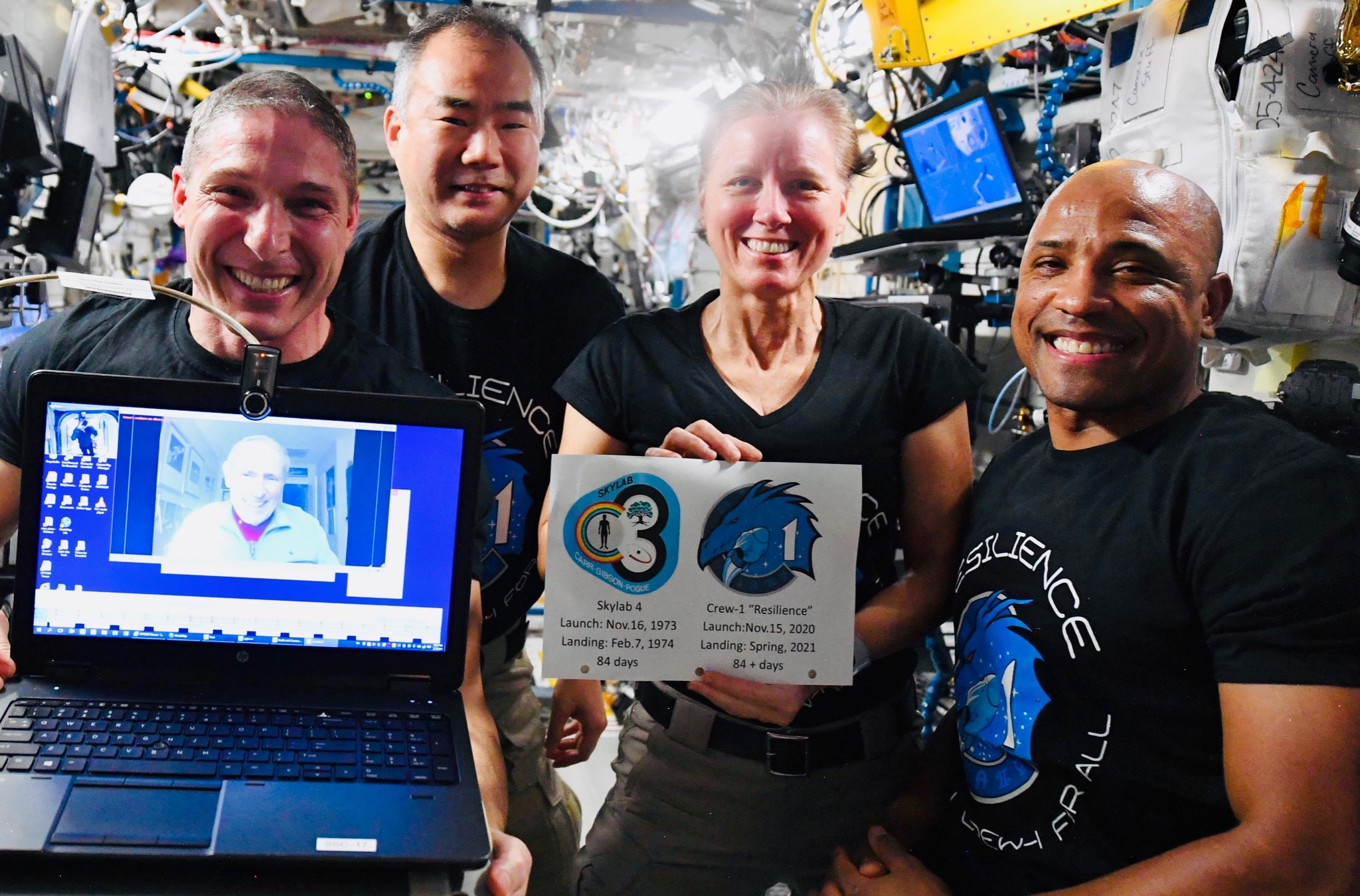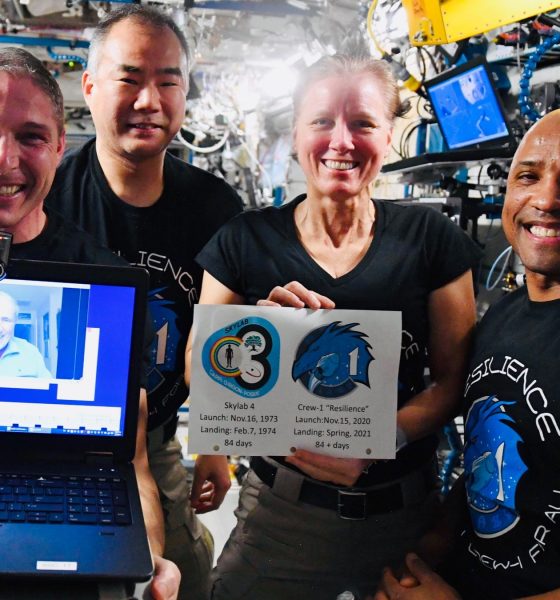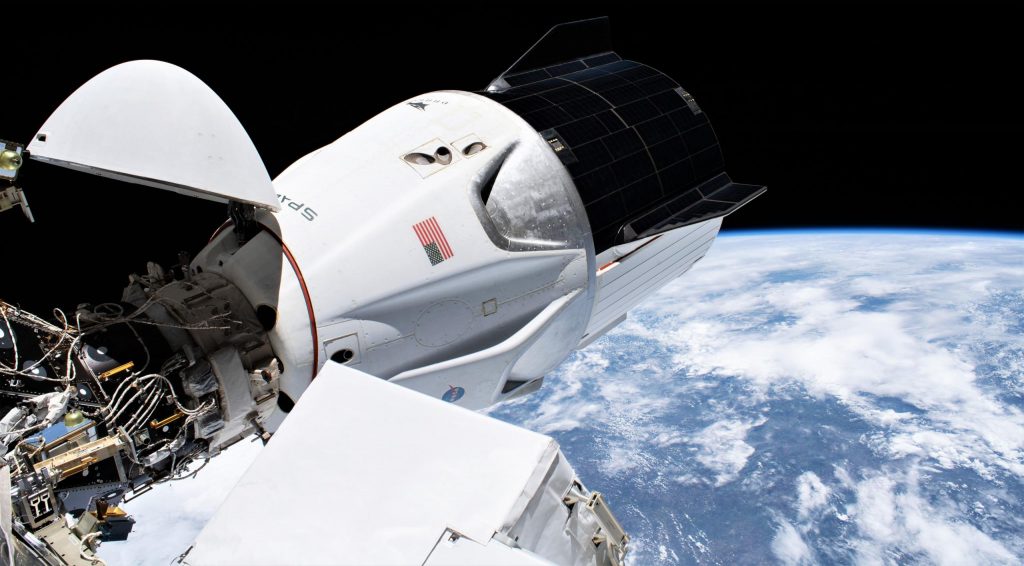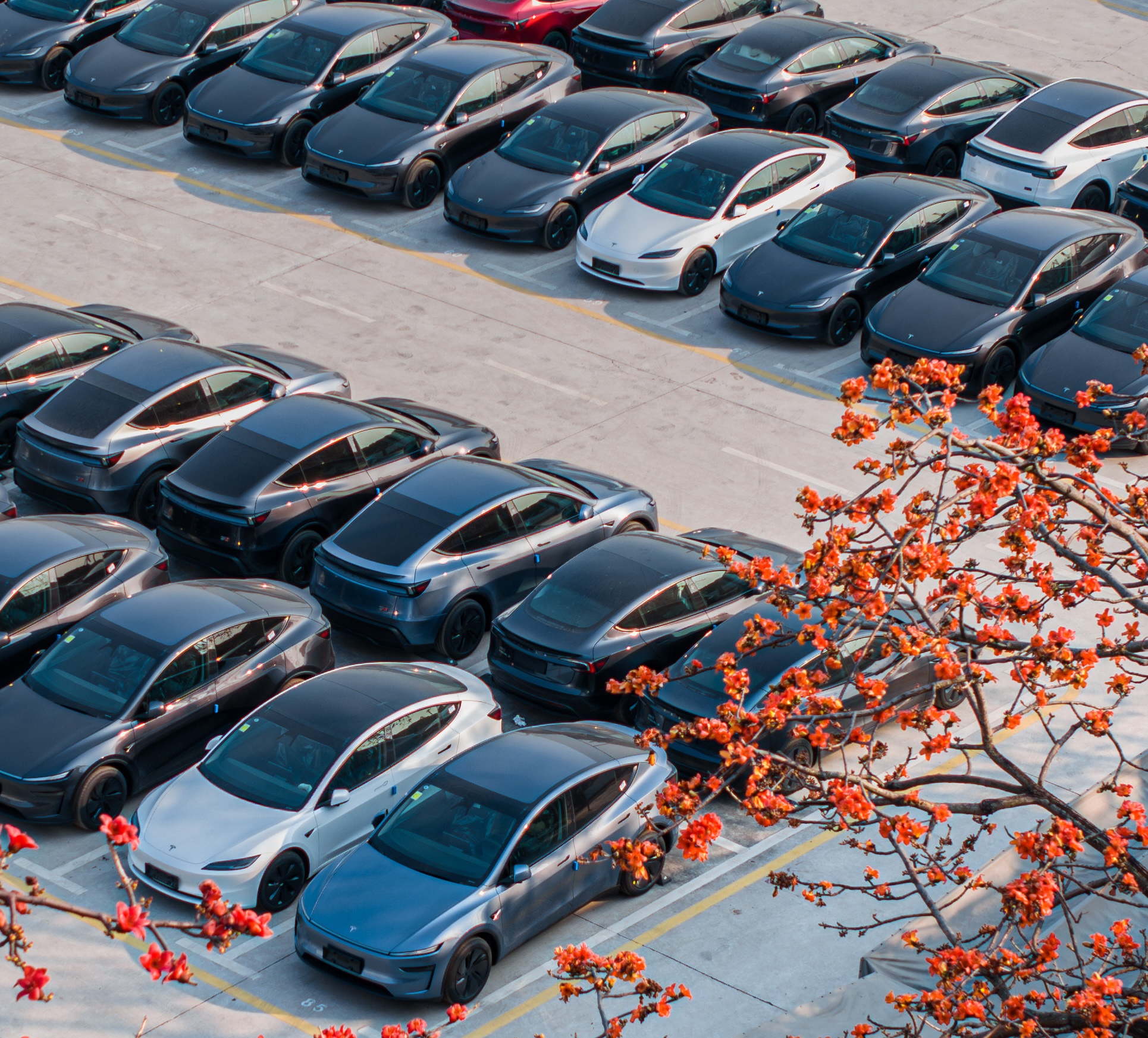

News
SpaceX’s Crew Dragon just became America’s longest-lived astronaut spaceship
SpaceX’s Crew Dragon has officially become the longest-lived American astronaut spacecraft ever built, beating an 84-day record set by the Apollo-era Skylab-4 mission almost half a century ago.
Crew Dragon was able to beat that record so quickly because NASA ultimately chose to cannibalize its existing Saturn rocket and Apollo CSM spacecraft expertise, production capabilities, and budget to go all-in on the Space Shuttle program. Meant to be quickly and cheaply reusable, a wide range of compromises, budget shortfalls, and design-by-committee missteps ultimately produced a Shuttle that was horrifically complex, unsafe, only partially reusable, suboptimal for most tasks, and more expensive to launch than Saturn V.
The Space Shuttle was ultimately a beast to refurbish and “reuse”, often requiring an almost complete disassembly and reassembly and extensive rework on most propulsive components. Partially due to those extreme shortcomings and a catastrophically fatal launch failure just five years after its debut, the Shuttle was never able to get anywhere close to realizing its limited but still strong potential, including a maximum orbital longevity of just two or so weeks.


As a result, NASA went from Saturn I, Saturn V, and CSM – a combination that enabled single-launch space stations, multi-month crewed spaceflights, and the Apollo Program – to the Space Shuttle, an anchor that yanked the space agency’s human agency ambitions back to low Earth orbit (LEO). In the Space Shuttle’s defense, NASA did eventually join an international initiative to build the International Space Station (ISS), a program the Shuttle supported with several dozen launches of crucial modules, components, and supplies.
However, had NASA been able to continue the Skylab program with Saturn and CSM, a space station with a habitable volume similar to the 2021 ISS could have been completed in a mere three launches, compared to no less than 30 launches to build the ISS.
Regardless, after an unfortunate and unnecessary 47-year pause, SpaceX – with NASA funding – has returned the space agency and the US to its legacy of envelope-pushing. On the heels of 20 successful uncrewed Cargo Dragon missions to and from the ISS over the last 9 years, all of which spent around a month in orbit, SpaceX’s third Crew Dragon launch has already beat the US record for crewed spacecraft longevity on orbit and is ultimately poised to double it before the mission’s end.
Crew Dragon’s Crew-1 astronauts even celebrated the milestone in orbit with (albeit virtually) Ed Gibson, one of the three astronauts that set Skylab-4’s record 47 years prior. Additionally, in a pleasing coincidence, Skylab-4 and SpaceX Crew-1 nearly launched on the same day, meaning that tomorrow (February 8th) is the true 47th anniversary of the Skylab-4 mission’s reentry and splashdown.

All told, all operational Crew Dragon missions – of which Crew-1 is the first – are scheduled to spend approximately 180 days in orbit between launch and reentry. As the first US spacecraft (and first private spacecraft) to attempt such a long spaceflight, there is obviously some uncertainty and no guarantee that this first try won’t be cut short, but odds are in SpaceX’s favor that Crew Dragon capsule C207 will depart the ISS without issue and safely return its four-astronaut crew back to Earth sometime in May 2021.


News
Tesla dominates in the UK with Model Y and Model 3 leading the way

Tesla is dominating in the United Kingdom so far through 2025, and with about two weeks left in the year, the Model Y and Model 3 are leading the way.
The Model Y and Model 3 are the two best-selling electric vehicles in the United Kingdom, which is comprised of England, Scotland, Wales, and Northern Ireland, and it’s not particularly close.
According to data gathered by EU-EVs, the Model Y is sitting at 18,890 units for the year, while the Model 3 is slightly behind with 16,361 sales for the year so far.
The next best-selling EV is the Audi Q4 e-tron at 10,287 units, lagging significantly behind but ahead of other models like the BMW i4 and the Audi Q6 e-tron.
GOOD NEWS 🇬🇧 Tesla is absolutely crushing the UK electric vehicle market in 2025 💥
The numbers are in, and the dominance is clear. With an impressive amount of 42,270 vehicles delivered year-to-date, the brand now commands a solid 9.6% market share of the total auto market 🆒… pic.twitter.com/dkiGX9kzd0
— Ming (@tslaming) December 18, 2025
The Model Y has tasted significant success in the global market, but it has dominated in large markets like Europe and the United States.
For years, it’s been a car that has fit the bill of exactly what consumers need: a perfect combination of luxury, space, and sustainability.
Both vehicles are going to see decreases in sales compared to 2024; the Model Y was the best-selling car last year, but it sold 32,610 units in the UK. Meanwhile, the Model 3 had reached 17,272 units, which will keep it right on par with last year.
Tesla sold 50,090 units in the market last year, and it’s about 8,000 units shy of last year’s pace. It also had a stronger market share last year with 13.2 percent of the sales in the market. With two weeks left in 2025, Tesla has a 9.6 percent market share, leading Volkswagen with 8 percent.
The company likely felt some impact from CEO Elon Musk’s involvement with the Trump administration and, more specifically, his role with DOGE. However, it is worth mentioning that some months saw stronger consumer demand than others. For example, sales were up over 20 percent in February. A 14 percent increase followed this in June.
News
Tesla Insurance officially expands to new U.S. state
Tesla’s in-house Insurance program first launched back in late 2019, offering a new way to insure the vehicles that was potentially less expensive and could alleviate a lot of the issues people had with claims, as the company could assess and repair the damage itself.

Tesla Insurance has officially expanded to a new U.S. state, its thirteenth since its launch in 2019.
Tesla has confirmed that its in-house Insurance program has officially made its way to Florida, just two months after the company filed to update its Private Passenger Auto program in the state. It had tried to offer its insurance program to drivers in the state back in 2022, but its launch did not happen.
Instead, Tesla refiled the paperwork back in mid-October, which essentially was the move toward initiating the offering this month.
BREAKING: Tesla Insurance has just officially launched in Florida.
This is the first new state to receive @Tesla Insurance in more than 3 years. In total, Tesla insurance is now available in 13 U.S. states (map in thread below of all the states).
Tesla Insurance in Florida uses… pic.twitter.com/bDwh1IV6gD
— Sawyer Merritt (@SawyerMerritt) December 17, 2025
Tesla’s in-house Insurance program first launched back in late 2019, offering a new way to insure the vehicles that was potentially less expensive and could alleviate a lot of the issues people had with claims, as the company could assess and repair the damage itself.
It has expanded to new states since 2019, but Florida presents a particularly interesting challenge for Tesla, as the company’s entry into the state is particularly noteworthy given its unique insurance landscape, characterized by high premiums due to frequent natural disasters, dense traffic, and a no-fault system.
Annual average premiums for Florida drivers hover around $4,000 per year, well above the national average. Tesla’s insurance program could disrupt this, especially for EV enthusiasts. The state’s growing EV adoption, fueled by incentives and infrastructure development, aligns perfectly with Tesla’s ecosystem.
Moreover, there are more ways to have cars repaired, and features like comprehensive coverage for battery damage and roadside assistance tailored to EVs address those common painpoints that owners have.
However, there are some challenges that still remain. Florida’s susceptibility to hurricanes raises questions about how Tesla will handle claims during disasters.
Looking ahead, Tesla’s expansion of its insurance program signals the company’s ambition to continue vertically integrating its services, including coverage of its vehicles. Reducing dependency on third-party insurers only makes things simpler for the company’s automotive division, as well as for its customers.
News
Tesla Full Self-Driving gets sparkling review from South Korean politician
“Having already ridden in an unmanned robotaxi, the novelty wasn’t as strong for me, but it drives just as well as most people do. It already feels like a completed technology, which gives me a lot to think about.”

Tesla Full Self-Driving got its first sparkling review from South Korean politician Lee So-young, a member of the country’s National Assembly, earlier this week.
Lee is a member of the Strategy and Finance Committee in South Korea and is a proponent of sustainable technologies and their applications in both residential and commercial settings. For the first time, Lee was able to utilize Tesla’s Full Self-Driving technology as it launched in the country in late November.
Her thoughts on the suite were complimentary to the suite, stating that “it drives just as well as most people do,” and that “it already feels like a completed technology.”
드디어 오늘, 서울에서 테슬라 FSD 체험 했습니다.
JiDal Papa님의 모델S 협찬에 힘입어^^ 파파님 정말 감사합니다.
국회 -> 망원시장 -> 홍익대 -> 국회 복귀 코스였고요.
이미 무인 로보택시를 타봐서 그런지 신기함은
덜했지만, 웬만한 사람만큼 운전을 잘하네요.이미 완성된 기술이라고… pic.twitter.com/8pAidHBpRG
— 이소영 국회의원 (Soyoung Lee) (@im_soyounglee) December 17, 2025
Her translated post says:
“Finally, today I got to experience Tesla FSD in Seoul. Thanks to the Model S sponsored by JiDal Papa^^, I’m truly grateful to Papa. The route was from the National Assembly -> Mangwon Market -> Hongik University -> back to the National Assembly. Having already ridden in an unmanned robotaxi, the novelty wasn’t as strong for me, but it drives just as well as most people do. It already feels like a completed technology, which gives me a lot to think about. Once it actually spreads into widespread use, I feel like our daily lives are going to change a lot. Even I, with my license gathering dust in a drawer, don’t see much reason to learn to drive a manual anymore.”
Tesla Full Self-Driving officially landed in South Korea in late November, with the initial launch being one of Tesla’s most recent, v14.1.4.
It marked the seventh country in which Tesla was able to enable the driver assistance suite, following the United States, Puerto Rico, Canada, China, Mexico, Australia, and New Zealand.
It is important to see politicians and figures in power try new technologies, especially ones that are widely popular in other regions of the world and could potentially revolutionize how people travel globally.








